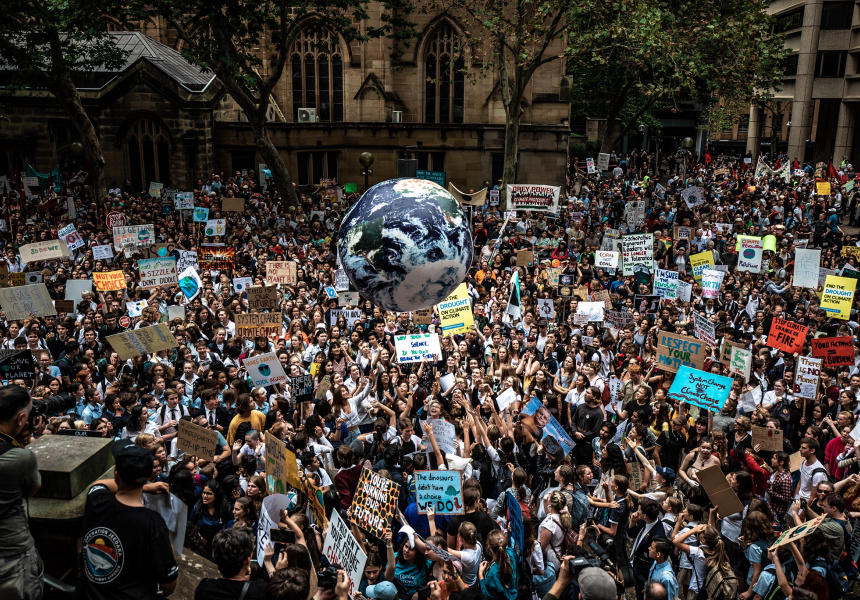Legal Education in a Changing Climate
Julia Dehm, Nicole Graham and Zoe Nay

Climate change impacts and the transition to a low-carbon society are already posing fundamental challenges to key legal doctrines and principles and thereby transforming of many areas of law. Further changes to key legal doctrines and principles across all areas of law will be necessary to address the future impacts of climate change and to ensure a rapid transition to a low-carbon society that is just and equitable. This introductory chapter provides crucial background to complement for the later chapters.
The chapter briefly synthesises the current state of the scientific evidence surrounding the climate crisis, with a focus on the impacts of climate change in Australia. The chapter begins by providing an overview of what is required to transition to a low-carbon society and prevent further dangerous anthropogenic interference with the global climate system (section 2). It then introduces the role of law in the changing climate context and describes legal responses to climate change on both international and national levels, with a particular focus on the Australian context (section 3). In addition, the chapter highlights how all areas of law and the Australia legal system are implicated in climate change (section 4) and provides a broad overview of the skills and attributes needed to be a ‘climate conscious lawyer’ (section 5). The chapter concludes with reflections on the method and pedagogy underpinning this book (section 6), the importance of considering ‘climate anxiety’ when learning or teaching about climate change (section 7), and the outline of current and forthcoming chapters (section 8).
Key Questions
- How ambitious, effective and equitable do you consider existing laws and regulations addressing climate change at the international and domestic legal to be?
- How do you understand the role of law in regulating, redressing, and facilitating climate change?
- What do you think are the essential competencies of a ‘climate conscious lawyer’ or legal professional? How can you better develop these skills and attributes?
- Do you think legal education should be more ‘climate conscious’? Why/why not?
Chapter Outline
This chapter will cover the following topics:
- 1. Introduction
- 2. Climate science
- 3. Climate law
- 4. The climate crisis and the Australian legal system
- 5. Doing law differently: climate conscious lawyering
- 6. Mainstreaming climate change in legal education
- 7. Climate anxiety
- 8. Current and forthcoming chapters outline
- 9. Recommended further reading
List of Figures
- Figure 1: Introductory representative image of the concept covered by the chapter. Source: School Strike 4 Climate.
- Figure 2: Expected warming in 2100 from policies implemented by the end of 2020 (red), compared with emissions cuts needed to limit warming to 1.5 °C (blue) or 2 °C (green). Source: IPCC (2023) SPM.5.
- Figure 3: The CAT Thermometer. Source: Climate Action Tracker.
- Figure 4: CO₂ emissions per capita, 2021. The width of each bar shows countries scaled by population size. The height of each bar measures tonnes of per capita carbon dioxide (CO₂) emissions from fossil fuels and industry. Source: Our World in Data (2024).
- Figure 5: Australia’s nationally determined contribution (NDC) target, policies and action, and climate finance. Source: Climate Action Tracker (2023).
- Figure 6: A framework for understanding climate conscious legal education and practice

